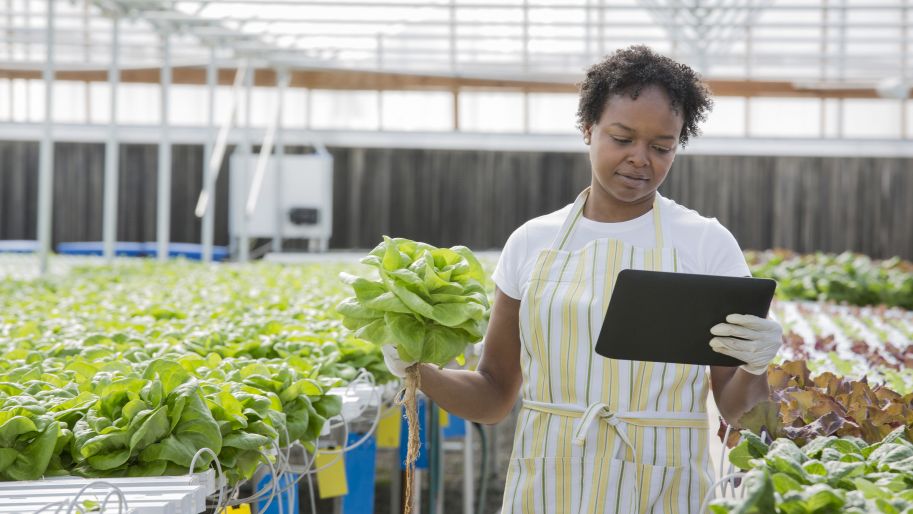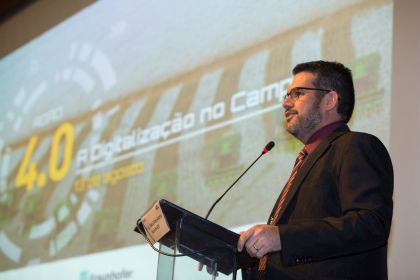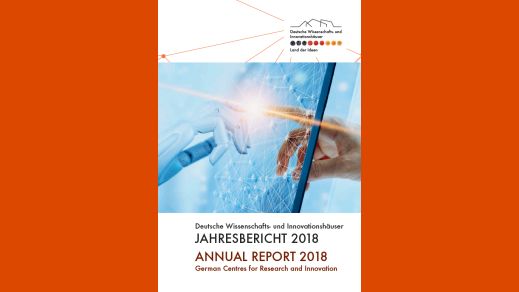How robotics and automation are opening up new opportunities in agriculture
 © Ariel Skelley / Blend Images LLC / Getty Images
© Ariel Skelley / Blend Images LLC / Getty Images
Using modern technology to promote natural growth: digitisation is innovatively shaping agriculture and forestry
The word “robot” makes many people think of humanoid visions familiar from science fiction films. What is often forgotten is that many tasks are already being performed by real-life robots, though most do not look particularly spectacular: these intelligent machines sometimes look like cars, or like a metal arm in a factory, or like a small helicopter. The Fraunhofer Institute for Experimental Software Engineering (Fraunhofer IESE) works at the interface between electronics and software. “Our goal is to understand the status quo of a machine’s architecture in order to identify on this basis the requirements for autonomous systems and to support their development”, says Dr Pablo Oliveira Antonino, department head at the Fraunhofer IESE and a speaker at the “Agro 4.0” workshop staged in August 2018 by the German Centre for Research and Innovation São Paulo in cooperation with Fraunhofer.

“One of the big advantages of Agriculture 4.0 is the use of software systems”, stresses Antonino. “They allow any weak points to be identified in an agricultural field. This is hugely important, especially in countries like Brazil where farms often cover many square kilometres. The use of cameras, drones and AI systems allows the specific diagnosis of any parts of the field where crops are not growing so well. Once the data has been transmitted to the system, the agricultural equipment can focus on individual areas.”
In this scenario of “precision agriculture”, an automated harvester working its way across the field is just one of many entities alongside sensors or drones, for example. The data from all the machines are sent to the Cloud, where they are analysed and linked with other data, relating for instance to the climate or other fields. The system learns from the data and sends instructions to the machine so that it can tailor its work perfectly to the condition of the crops. The idea is to waste as few resources as possible.
Huge challenges have to be overcome for this to work. The data must not give unauthorised persons access to the driverless vehicles. The individual machines require standardised interfaces so that they can “speak the same language”. What is more, companies are addressing the question of which data to make available to their cooperation partners – the more they share, the better the system will learn.
“Companies we are currently collaborating with know that they will no longer be simply machine manufacturers in future – but also software firms”, says Antonino. He explains that the German government is on the right track with its stance of embracing the opportunities for employees offered by the digital transformation. “Ultimately, automation will dispense with a lot of the heavy labour involved in agriculture and forestry – if politicians respond to this development, it may give many people the chance of a better life.

